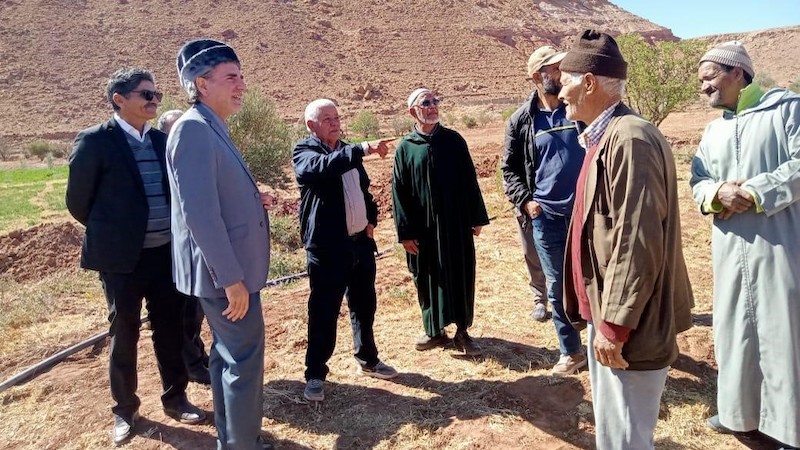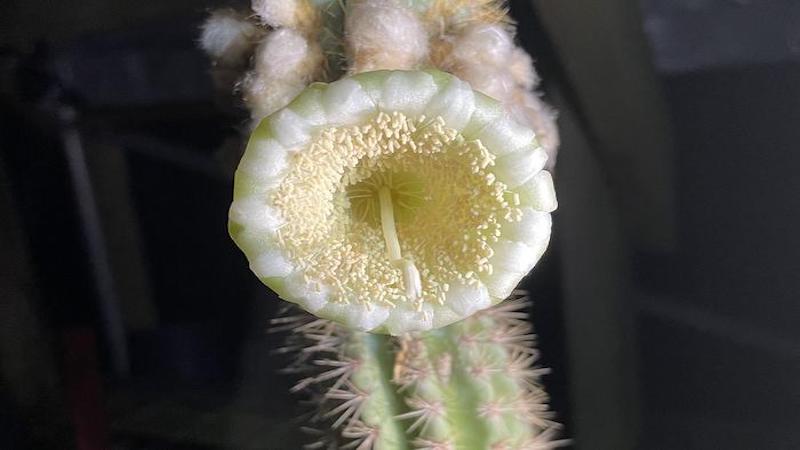
By Yossi Mekelberg
It was an excruciating experience to watch the first of the presidential debates between the Democratic and Republican parties’ presumptive nominees. The immediate question that sprung to mind was: Is this the best that the great American democracy can offer its electorate? Moreover, is it just an unfortunate coincidence that presented us with two candidates who do not seem to be fit for the highest office in the country (and I hasten to say for very different reasons)? Or is this just a reflection of the deep crisis in American society and politics, of which President Joe Biden and former President Donald Trump are a manifestation?
There are no easy answers to these questions. Nevertheless, the unbearable ease with which both Biden and Trump won their nominations does not reflect well on their parties or on American society. For the neutral spectator, the TV debate, which was supposed to be a gladiatorial battle for the votes of the American people, looked mainly pitiful and a wasted opportunity to deliberate the issues of concern. Not only was it a waste for those who are eligible to vote in the US, but also for all those across the world, whether in Kyiv or Moscow, in Gaza or Israel, in Beijing or Taipei, who are going to be impacted by whoever runs the US.
Even the format of these televised debates, which have been held since the 1960s, feels increasingly anachronistic, especially in the age of social media. This debate was unique compared to previous ones, as it was the first between a sitting president and his predecessor. But it represented a missed opportunity to assess both their track records and their visions for a second term. Instead, the hosts were quite passive when their questions were ignored by both candidates and, worse, when Trump, in his parallel universe, was allowed to be what Brits call “being economical with the truth,” while anyone else would regard his claims as sheer lies, to the point of being absurdities.
In the case of Trump, the question has always been whether he has ever been suitable for the presidency. However, in the case of a very tired and unfocused Biden, it was more about whether age has caught up with him. Most American voters and those who watched the debate would sadly agree with this assessment. There are no two ways about it: the role of US president is one of the most complex and demanding jobs in the world, both intellectually and mentally. It is a 24/7 job, working under impossible pressure, in the public spotlight and an environment of uncertainty with no complete information, but still one that requires making difficult decisions that in many cases can be a matter of life and death.
Many aspects of the debate should concern us, but if you are a Democratic official or a supporter you should be particularly worried. Immediately following the debate, Trump’s poll lead widened. If before the TV encounter that lead among likely voters, according to the New York Times/Siena College poll, was three points, immediately after the debate it leaped to six points (from 43 percent to 49 percent). At this crucial point of the election campaign, with both parties’ looming conventions set to confirm their nomination, the momentum is with the former and not the current president. Unless the Democrats take drastic action, they might as well brace themselves for a defeat on Nov. 5.
For most voters, including Democratic supporters and donors, Biden’s fatigued and unsure appearance in the debate confirmed what they had feared for many months: that he is too old to continue as president for another four years, until he is 86. Considering that his rival is a convicted felon with more legal issues than any single article could outline in detail and with a failed and chaotic presidency behind him, winning the election should have been a walk in the park for Biden.
Moreover, Trump’s performance in the debate did not exactly cover him with glory. He resorted to his usual populist “I will claim whatever the hell I want to regardless of the truth” approach and doubtless stick to this as long as he believes it resonates with his supporters. For instance, his claims about “having the best environmental numbers ever,” that the border was the most secure during his time in office or that the economy collapsed under Biden were either sheer falsehoods or distorted presentations of the facts.
Similarly, Trump’s claims that Democrats support abortion until birth and that “everybody” wanted to overturn Roe v. Wade were based on a fallacy propagated by the US right. Fewer than 1 percent of abortions in the US are performed at or beyond 21 weeks, largely because of fetal abnormalities. Yet, he came across in the debate as the more composed and succeeded in doing what he does best — being Trump.
The panic among senior Democrats was all too obvious as they embarked on clumsy attempts to limit the damage, suggesting, for example, that the president was suffering from a cold or that he had been traveling intensively, even though the last time he was overseas was two weeks before the debate.
Biden then gave an interview to ABC News in an attempt to prove that he is mentally fit enough for the job, to stop his slide in the polls and to end the calls for his replacement. Alas, he was unnecessarily defiant when he declared that he is “running the world” and that no one is “more qualified” to be president.
The stakes could not be higher for the Democrats: stick with Biden and risk losing the election and leaving the country (and the world) in the hands of the volatile Trump, or act before it is too late.
More than two centuries ago, the Savoyard philosopher and diplomat Joseph de Maistre asserted that “every country gets the government it deserves.” Regardless of how much truth there may be in these words, the fragility of American society and the international arena is crying out for a US leadership that is capable of playing a significant role in navigating the rough waters that currently threaten to engulf both US domestic and global politics. Unfortunately, neither candidate in that TV debate appears to be capable of doing so.
- Yossi Mekelberg is a professor of international relations and an associate fellow of the Middle East and North Africa Program at international affairs think tank Chatham House. X: @YMekelberg



 USAID Administrator Samantha Power learns to make Zhingalov Hats at “Taste of Artsakh” on Jul. 9
USAID Administrator Samantha Power learns to make Zhingalov Hats at “Taste of Artsakh” on Jul. 9